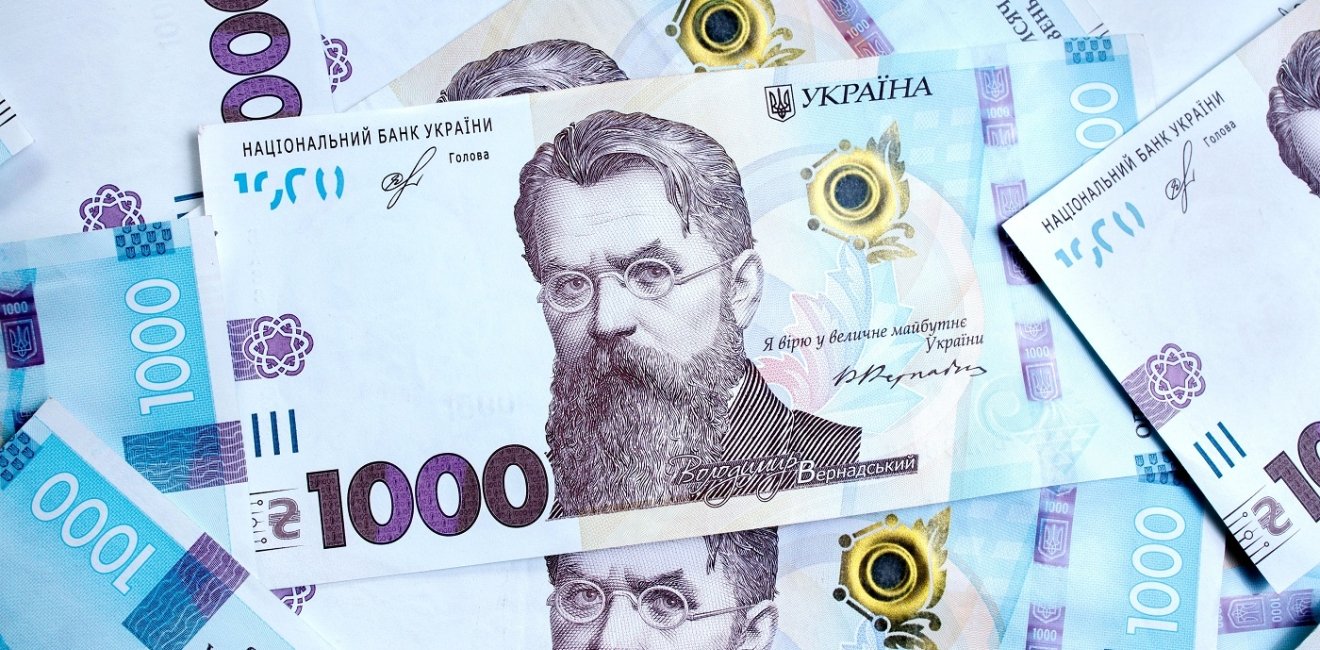
A blog of the Kennan Institute
In late November, President Volodymyr Zelenskyy signed off on the 2024 Ukrainian state budget, which earlier had been passed by the Verkhovna Rada. It goes without saying that the war is the key factor affecting the structure of revenues and expenditures. The state budget anticipates revenues of UAH 1.78 trillion ($43.7 billion), while expenditures almost doubled, to an anticipated UAH 3.35 trillion ($82.3 billion). The expectation is that the difference will be covered by international loans and grants.
Military Spending
The 2024 Ukrainian state budget is mainly focused on the military. It places the main emphasis on waging war in 2024 throughout the year at the state’s expense: as of now, there is no mention of expected Western financial assistance for military purposes. The budget does not stipulate funds for restoration, and all funds generated in the Road Fund (road construction) are also redirected for military purposes.
Twenty-two percent of GDP expenditures, or about $40 billion, are allocated for defense and homeland security. This is less than Ukraine spent in 2022 (30.8 percent of GDP) and less than it is spending in 2023 (expected approximately 37–39 percent of GDP, considering the transfer of Western military assistance, which is expected to be about 13 percent of GDP by the end of 2023), but it is more than was initially stipulated by the 2023 budget—20 percent of GDP.
One of the notable features of the 2024 state budget is additional military programs, which will involve the repartitioning of state incomes and expenditures. Some tax revenues from local budgets with a surplus of 1.5 percent of GDP were taken for the state’s 2024 budget and redirected to military programs outside the Ministry of Defense. Insofar as the Russian military budget of $110–120 billion is three times larger than the military budget of Ukraine, Ukraine must use resources three times more efficiently than Russia.
The focus is on the domestic production of drones and minimizing organizational difficulties with introducing and using new products in the rapidly developing drone construction sector. About $1.3 billion has been allocated to producing drones.
Spending on Social Needs
Another important feature of the budget is its high social and pension expenditures. After the start of the full-scale invasion, pensions and social spending increased from 13 percent to 17 percent of GDP in 2022. This figure has declined in 2023 (forecasted to be 15.7 percent of GDP). The government has decided to increase the amount of pension payments and other social spending in 2024 by approximately 15 percent, which will amount to about 14.5 percent of GDP.
This step can be seen as, on the one hand, a way to set aside funds for election-related costs should elections be held in 2024, and on the other hand, a way to maintain support for citizens with low incomes. According to sociological surveys, about 50 percent of households in Ukraine are at a subsistence level, and 26 percent of households must scrimp on food expenditures. This percentage has increased in 2023 compared to 2022. There is an urgent need for Ukraine’s allies to continue to provide social support for Ukrainian refugees and humanitarian assistance to Ukraine, in light of the 20 percent unemployment rate in the country.
Expectations of Higher Taxes and More Audits and Inspections in Future
Although the 2024 budget does not stipulate tax increases, rates were returned to a prewar level in 2023, and all types of tax inspections were restored in November 2023. In December 2023 the National Revenue Strategy for 2024–2030, which is one of the benchmarks of the Ukraine-IMF Memorandum, is expected to be adopted. Based on the memorandum’s data, we expect the Strategy will foresee raising taxes by 6–7 percent of GDP in the coming years. Naturally, this step is not welcomed by Ukrainian taxpayers. In addition, there is the concern that inspections and more pressure from regulatory authorities may reduce the attraction of the business environment for investment by local and international actors.
The Growing Debt Burden
Before the full-scale invasion, state debt was 49 percent of GDP. With the outbreak of the war, the economy fell by 29 percent in 2022, government spending rose from 41 percent to 66 percent of GDP, and the state debt increased to 78 percent of GDP. Its increase was restrained by U.S. grant support, which amounted to 9 percent of GDP.
In 2023, Ukraine's consolidated spending is expected to reach 73–75 percent of GDP, with military and grant support amounting to 20 percent of GDP and a budget deficit of 18–20 percent of GDP, which will be covered by external loan financing, primarily from the EU (18 billion euros). Government debt at the end of 2023 is expected to be 82 percent of GDP. At the same time, government debt growth in 2023 was restrained by a stable exchange rate of the national currency, with a negative trade balance of 21 percent of GDP.
For 2024, the consolidated budget as adopted, without external funding or military support, listed expected revenues at 36.8 percent of GDP, expected expenses at 57.5 percent of GDP, and a budget deficit of 20.7 percent of GDP. As stipulated, debt servicing (interest) will rise to 5.5 percent of GDP in 2024, whereas before the invasion, it was 2.9 percent of GDP. Without foreign grant support, government debt is expected to increase to 100 percent of GDP in 2024, with the budgeted devaluation of the national currency at 13 percent.
No Clear Agreements on International Financial Aid
As of early December 2023, it is not known where funds will come from to cover $27 billion, or approximately two-thirds, of the projected budget deficit. There is an agreement with the IMF on a $5 billion loan at a 7 percent interest rate. But such a rate in the short term will markedly increase state debt.
If sufficient external funding is not available, the government and the National Bank may resort to money printing and use the liquidity reserves of the national banking system, which are about $20 billion. But this would lead to running inflation, with devaluation of the national currency and higher national debt. Ultimately, these factors jointly would be expected to cause a national default between 2025 and 2027.
The war Russia unleashed against Ukraine is existential for us. Just as it has for the past 300 years, Russia wants to seize control of Ukrainian territory and eradicate Ukrainian national identity. The Russian military budget for 2024 is at least three times larger than Ukraine’s. And the Ukrainian economy has taken many hits and does not have much in its reserves to increase spending. Were it not for the war, Ukraine could easily cover all its expenditures. But Ukraine cannot in the end withstand the Russian military machine without aid. To avoid losing the war, Ukraine needs military aid and supplies, in the name of justice and battling tyranny.
The opinions expressed in this article are those solely of the author and do not reflect the views of the Kennan Institute
Author


Kennan Institute
After more than 50 years as a vital part of the Wilson Center legacy, the Kennan Institute has become an independent think tank. You can find the current website for the Kennan Institute at kennaninstitute.org. Please look for future announcements about partnership activities between the Wilson Center and the Kennan Institute at Wilson Center Press Room. The Kennan Institute is the premier US center for advanced research on Eurasia and the oldest and largest regional program at the Woodrow Wilson International Center for Scholars. The Kennan Institute is committed to improving American understanding of Russia, Ukraine, Central Asia, the South Caucasus, and the surrounding region through research and exchange. Read more

Explore More in Focus Ukraine
Browse Focus Ukraine
Talking to the Dead to Heal the Living

Ukrainian Issue in Polish Elections


